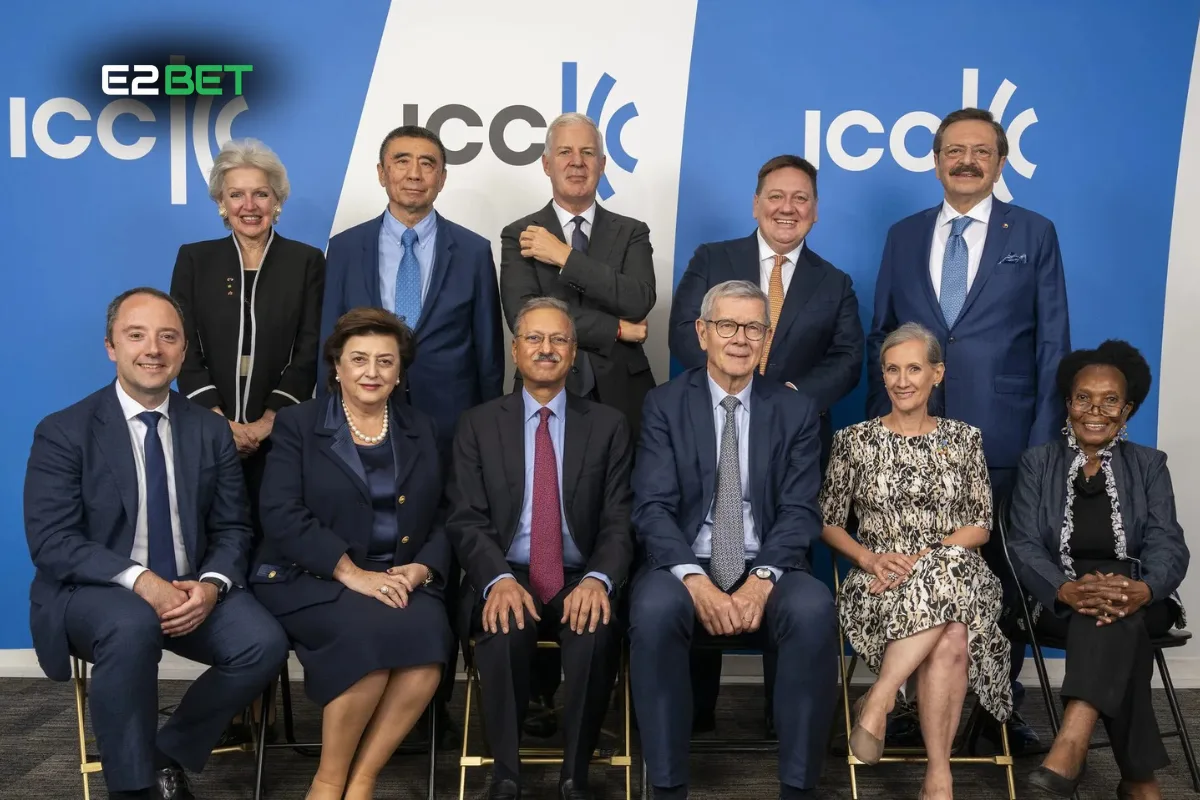Cricket boards play a crucial role in shaping a player’s career and legacy. From player selection processes to central contract policies, these governing bodies influence almost every aspect of a cricketer’s journey. Their decisions on player workload management, sponsorships, and disciplinary actions can determine how long a player stays at the top. But how do cricket boards impact careers, and what controversies surround them? Let’s dive into their immense power and influence.
The Role of Cricket Boards in Player Careers
1. Player Selection and National Team Contracts
One of the most critical functions of a cricket board is selecting players for the national team. Whether it’s BCCI latest updates or ECB player contracts, governing bodies set the criteria for performance, fitness, and discipline.
-
Players are chosen based on domestic performances and franchise cricket records.
-
Boards decide on central contracts, ensuring financial stability for cricketers.
-
Some boards offer incentives based on match performances, affecting player motivation.

2. Cricket Governance and Contract Policies
Cricket boards are responsible for the governance structure of the sport. ICC central contracts list determines how international players are compensated, while each board follows its own contract system.
-
Cricket Australia policies include multiple contract tiers, ensuring long-term security.
-
PCB selection committee focuses on rewarding young talent with better contracts.
-
Cricket board policies on sponsorships impact a player’s earning potential outside the game.
3. Managing Workload and Player Welfare
To prevent injuries and burnout, cricket boards manage player workload effectively. This involves:
-
Limiting participation in franchise vs. national cricket to maintain peak fitness.
-
Monitoring player schedules to avoid excessive strain.
-
Ensuring that younger players do not suffer long-term injuries due to overuse.
Cricket Board Politics and Controversies
4. Cricket Board and Player Disputes
Disagreements between players and boards are common in cricket. Issues like salary disputes, disciplinary actions, and contract disagreements can lead to conflicts.
-
Recent cricket board controversies in history include players being banned for speaking out.
-
Some stars, like Kevin Pietersen and Steve Smith, have had public fallouts with their boards.
-
Players often turn to player unions for protection against unfair treatment.
5. Franchise Cricket vs. National Duty
With the rise of T20 leagues like IPL, PSL, and BBL, national boards struggle to retain players. Indian Premier League player rules and Pakistan Super League foreign player policies impact national team availability.
-
Players often prefer high-paying franchise contracts over national team commitments.
-
Boards sometimes restrict participation in overseas leagues to protect player fitness.
-
This debate continues to spark discussions on player freedom vs. national duty.
How Cricket Boards Shape a Player’s Legacy
6. Sponsorship Deals and Financial Stability
Cricket boards play a significant role in securing sponsorship deals for players. A well-structured board can help players sign lucrative endorsements, while a mismanaged one may limit commercial opportunities.
-
Cricket sponsorship deals include kits, brand endorsements, and advertisements.
-
Boards control image rights, affecting how players market themselves.
-
Some legends, like Sachin Tendulkar and Virat Kohli, have benefited from board-backed sponsorships.
7. The Influence of Cricket Infrastructure Development
The cricket infrastructure development managed by boards impacts how young players rise to stardom. Well-developed domestic circuits create stars like Kane Williamson and Joe Root.
-
West Indies Cricket Board announcements reveal investment in grassroots development.
-
Bangladesh Cricket Board news highlights new stadiums and facilities for young players.
-
Sri Lanka Cricket updates focus on academy programs for emerging talent.
Women’s Cricket and the Role of Cricket Boards
8. Women’s Cricket Governance and Development
Women’s cricket is growing, thanks to increasing investments by cricket boards. From equal pay policies to women’s IPL-style leagues, boards are making an impact.
-
Cricket board policies on women’s cricket ensure better contracts.
-
More exposure in women’s franchise leagues is boosting global interest.
-
Major teams like Australia and England are setting higher standards for the women’s game.
The Future of Cricket Boards
9. Balancing Player Demands and Board Policies
As cricket evolves, boards must adapt to changing player expectations. The arrival of high-paying leagues means traditional board structures need to become more flexible.
-
Future of cricket boards lies in balancing finances and player satisfaction.
-
Stricter policies on match-fixing and corruption are crucial.
-
Innovation in player contracts will shape cricket’s next decade.
10. What’s Next for Cricket Administration?
With technology, analytics, and better governance, cricket boards have an opportunity to make the game fairer and more transparent.
-
Download cricket match schedules to stay updated.
-
Watch live cricket board press conferences for real-time updates.
-
Subscribe to cricket news updates for the latest board decisions.
Conclusion
Cricket boards wield tremendous power in shaping a player’s career and legacy. From selection policies to contract negotiations, they control how the game is played at the highest level. However, with the rise of franchise cricket, sponsorships, and global leagues, players now have more opportunities beyond their national teams. To stay relevant, cricket boards must evolve, ensuring fair policies that benefit both players and the sport.
FAQs
1. What does a cricket board do?
A cricket board governs national cricket, handling player selection, contracts, scheduling, and policies to develop the sport.
2. Why do players clash with cricket boards?
Players often dispute contracts, salaries, workload, and participation in franchise leagues, leading to conflicts with their respective boards.
3. How do cricket boards influence sponsorship deals?
Boards control player image rights and national team sponsorships, affecting how much players earn from endorsements.
4. What is the impact of franchise leagues on national teams?
Franchise leagues offer higher pay, sometimes making players prioritize club over country, causing scheduling conflicts.
5. How will cricket boards evolve in the future?
Boards must balance player demands, financial management, and cricket governance to stay relevant in the modern game.